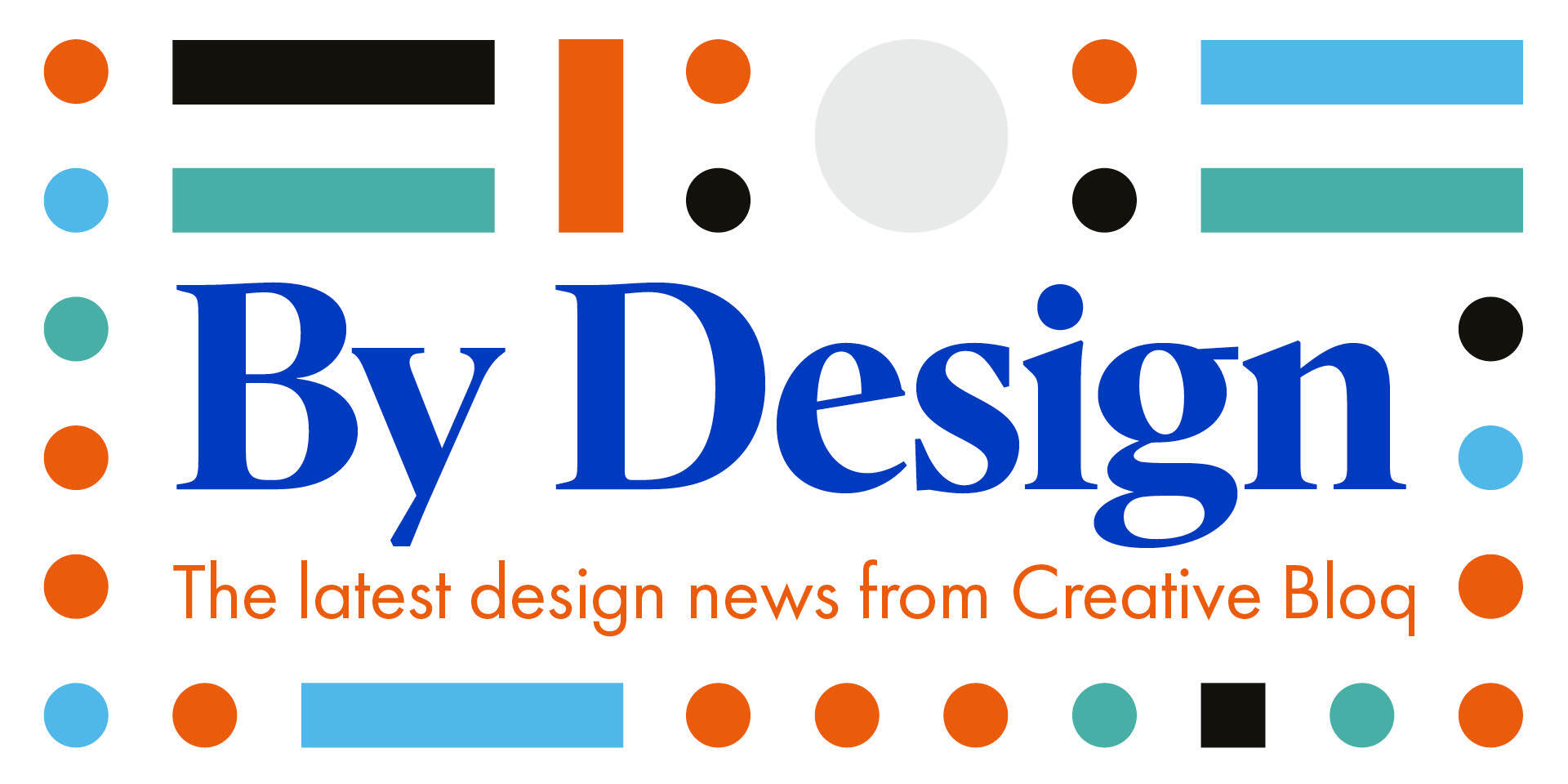Launch a successful studio
Give your new studio the best start in life with these expert tips.
Beginnings can be tricky. There are plenty of pitfalls when opening a new studio, including over-spending, under-spending, too much confidence and not enough. The first year of setting up a new studio will be crucial so, before you even set foot on the road, it pays to think about what you can do to avoid these annoyances.
To succeed, you have to be the right person in the right place at the right time. And then you have to present the right idea. This simple list should help you with the first three. The last one is up to you.
01 KNOW YOUR LIMITS
Setting up a studio and striking out on your own is a brave and worthwhile endeavour, so don't do it without a plan. You need not only a business plan but a good understanding of your own capabilities - do something well and your clients will keep coming back. Disappoint them and, well, you know the rest!
02 PUT YOURSELF ABOUT
So you've got a plan. What you need now is to get yourself and your studio noticed. A website would be the logical place to start but is far from being the end of it. There are business cards to distribute, direct mailouts to send, events to attend, gallery shows to go to, online forums to join in with, even charity projects to be completed. As long as it speaks of who you are rather than simple gimmickry, a bit of self-promotion can go a long way.
03 SPIN THE WEB
If you can, register the domain name for your studio as soon as possible. If you can't get it exactly, try adding 'studio' or 'we are' to the name. Then make the site easy to use; Indexhibit or Cargo Collective are brilliant examples if you don't have the time or inclination to create your own. Keep it lean - only the best work will do - and regularly updated.
04 EXPLORE SPACE
You need a workplace, somewhere your clients will enjoy coming to as well as your mates. Fresh air, natural light, good music and good coffee are things to aim for when it comes to fashioning your environment. Think about location, too; a block full of artists and designers will be a mine of contacts and potential collaborators, or even clients.
05 KNOW YOUR HARDWARE
The consensus seems to be that you need an Apple MacBook Pro, and to max out the RAM. If you want a larger screen, get a 24-inch cinema display and plug the laptop into it. If you're likely to be doing much in the way of illustration, source a Wacom tablet too. Remember also that hardware goes beyond the digital - a good set of office chairs is essential!
Get the Creative Bloq Newsletter
Daily design news, reviews, how-tos and more, as picked by the editors.
06 SOFTWARE SOLUTIONS
No matter what the speciality of your studio, you'll require some combination of the industry standard toolset, Adobe's Creative Suite. You'll need some way to stay organised and manage the studio workflow, too. For a relatively cheap software helping hand, try Apple iWork for time sheets and instantAdmin for the rest.
07 HAVE A BACK-UP
The back-up system is perhaps a subset of both hardware and software, but it's of such immense importance that it deserves its own tip. A good back-up drive is one of the first things you should buy and, once you have the drive, make sure you actually do back your work up. Automatic solutions like Apple's Time Machine are great for this.
08 SORT YOUR ATTITUDE OUT
As founder of a small business, you will be meeting and dealing with people all the time. Your ability to get on with clients and to convey your enthusiasm for an idea are going to be crucial, so if you're not a people person you'd better get practising - or find a business partner who is! A strong relationship with your clients means repeat business, recommendations and a generally pleasant working experience.
09 MASTER TIME MANAGEMENT
Business and accounts, studio equipment, promotions€¦ in the beginning it's far too easy to find yourself working 12-hour days and still falling behind with the actual design work. Try to stay focussed and spend your time well. One killer tip for avoiding endless revisions on projects is to ensure that the first stage of each includes a well-structured meeting in which you involve the client in the creative process.
10 RECOGNISE OPPORTUNITIES
Until you find yourself turning work away, you need to be alert to every possible sniff of a job. Always keep your business cards in your pocket, take an interest in what people do and try to think about how your studio could add value. They'll be interested to hear what you can do for them.

Thank you for reading 5 articles this month* Join now for unlimited access
Enjoy your first month for just £1 / $1 / €1
*Read 5 free articles per month without a subscription

Join now for unlimited access
Try first month for just £1 / $1 / €1
The Creative Bloq team is made up of a group of design fans, and has changed and evolved since Creative Bloq began back in 2012. The current website team consists of eight full-time members of staff: Editor Georgia Coggan, Deputy Editor Rosie Hilder, Ecommerce Editor Beren Neale, Senior News Editor Daniel Piper, Editor, Digital Art and 3D Ian Dean, Tech Reviews Editor Erlingur Einarsson, Ecommerce Writer Beth Nicholls and Staff Writer Natalie Fear, as well as a roster of freelancers from around the world. The ImagineFX magazine team also pitch in, ensuring that content from leading digital art publication ImagineFX is represented on Creative Bloq.
